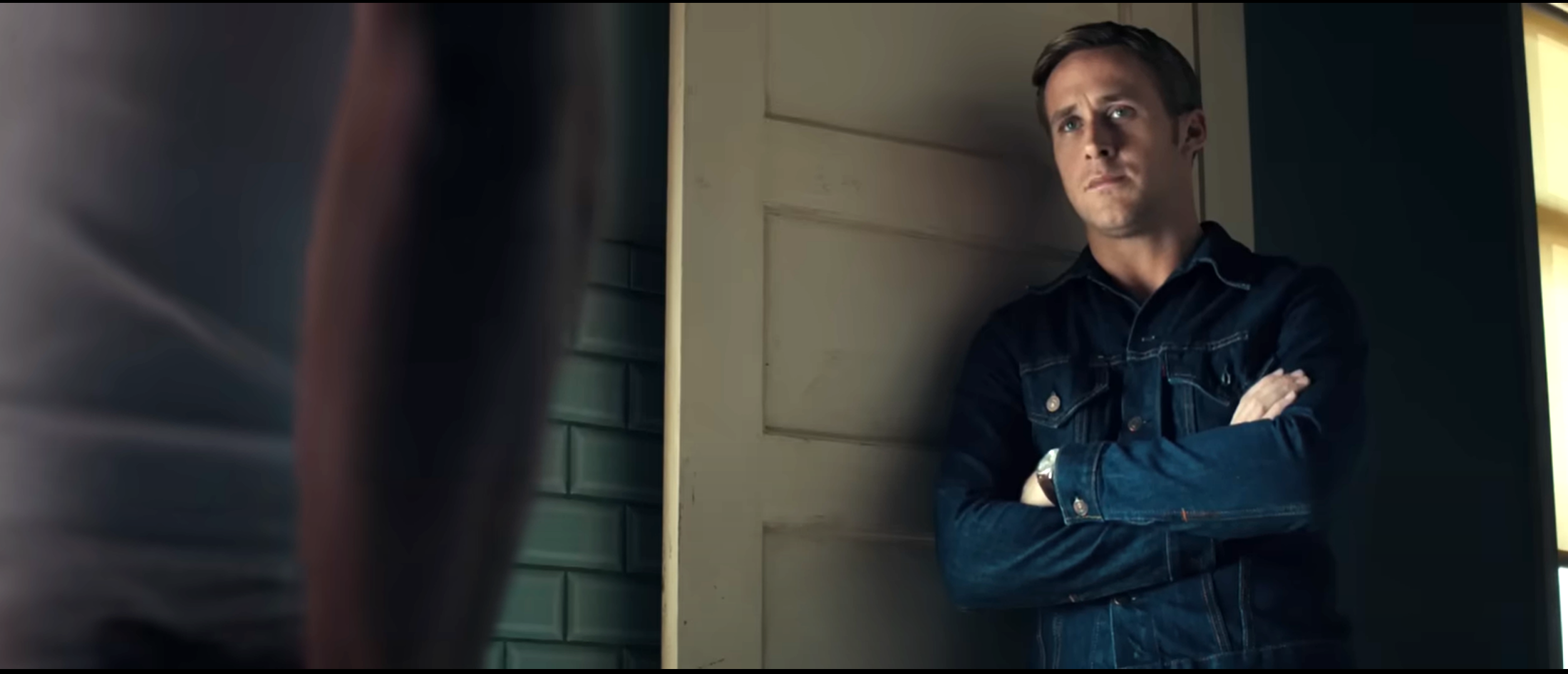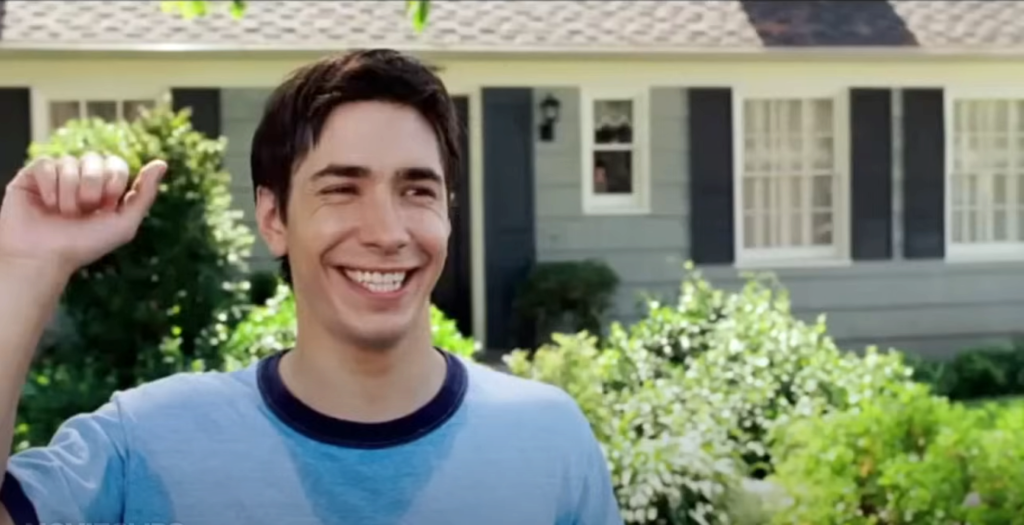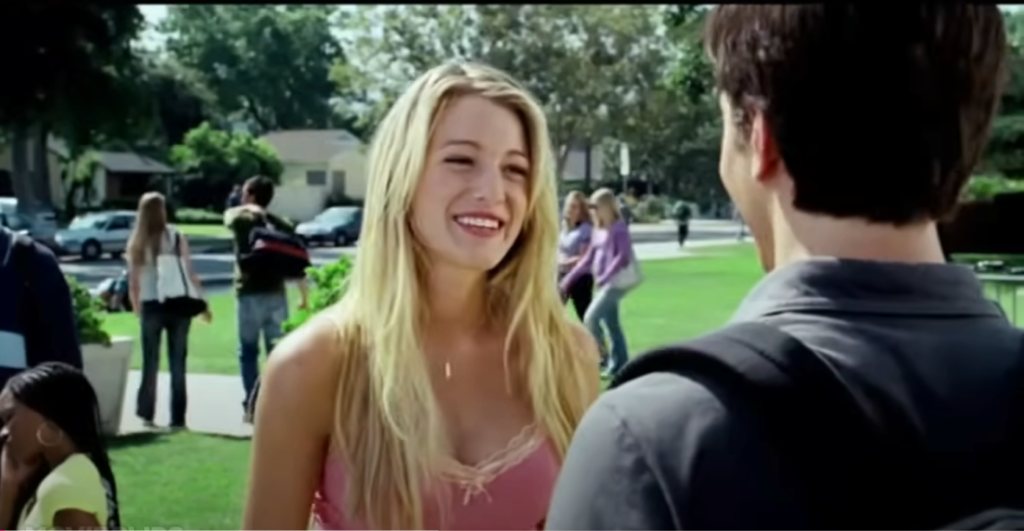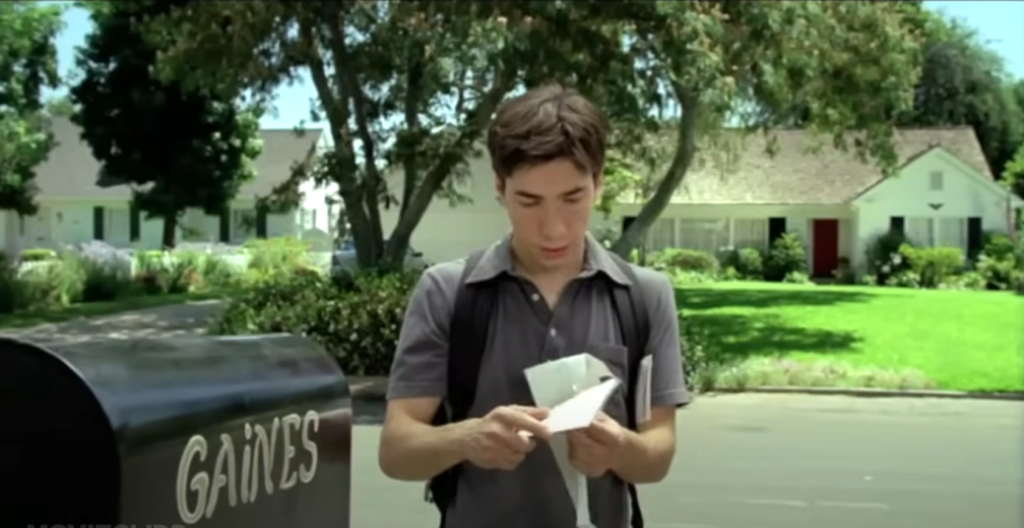The Quiet Impact of Silence
Silence in film can be just as powerful, if not more so, than the spoken word. It’s a tool that, when used effectively, can convey deep emotion, build tension, and advance the narrative in ways that dialogue sometimes cannot. In the hands of a skilled director, silence becomes a language of its own—a way to communicate the unsaid, the unseen, and the internal struggles of characters.
Take There Will Be Blood and Drive, for example—two films that masterfully use silence to deepen character development and enhance storytelling. These movies don’t rely on constant dialogue to tell their stories. Instead, they let moments of quiet speak volumes. Whether it’s the brooding intensity of Daniel Plainview in There Will Be Blood or the stoic, controlled presence of the Driver in Drive, silence is used to draw us into the characters’ inner worlds, making their experiences and emotions palpable in a way that words often struggle to achieve.
In a world where dialogue often dominates, these films remind us that sometimes, it’s the absence of words that leaves the most lasting impact.
Silent Strokes: The Art of Non-Verbal Communication in There Will Be Blood
There Will Be Blood is a film that knows the value of silence. Directed by Paul Thomas Anderson, the movie uses quiet moments not just as a pause between words, but as a critical part of its storytelling. From the very beginning, we’re introduced to Daniel Plainview, played by Daniel Day-Lewis, in a nearly wordless sequence that lasts several minutes. This opening scene, devoid of dialogue, immediately sets the tone for the film and establishes Plainview as a man driven by a relentless ambition that needs no words to be understood.
One of the most striking aspects of There Will Be Blood is how silence is used to convey Plainview’s internal struggles and the tension between characters. In moments of confrontation, such as the intense scenes between Plainview and Eli Sunday, the lack of dialogue amplifies the sense of foreboding and unease. Anderson doesn’t rush to fill the space with words; instead, he allows the silence to hang, building suspense and making the eventual dialogue feel even more impactful.
A perfect example of this is the scene where Plainview and Sunday engage in a tense exchange during the baptism. The scene’s power lies not in the words spoken but in the heavy, uncomfortable silences that punctuate the dialogue. These silences reveal more about the characters’ true feelings and intentions than any words could.
Throughout the film, Anderson uses silence as a way to deepen our understanding of Plainview’s complex personality. The moments where Plainview is alone, silently contemplating his next move or stewing in his own ambition, are some of the most revealing. They show us a man who is constantly calculating, constantly wrestling with his own demons, and whose silence speaks louder than any declaration of intent. It’s in these quiet moments that There Will Be Blood truly excels, using the absence of sound to create a rich, immersive narrative that lingers with the audience long after the credits roll.
The Quiet Force: How Drive Uses Silence to Define Its Protagonist
In Drive, silence isn’t just a narrative device—it’s a defining characteristic of the protagonist. Known only as “The Driver,” Ryan Gosling’s character is a man of few words, and that’s exactly what makes him so compelling. Director Nicolas Winding Refn uses minimal dialogue to create a character who is enigmatic, reserved, and tightly controlled. The Driver’s silence isn’t emptiness; it’s a powerful force that shapes his entire identity and the film’s mood.
Drive relies heavily on non-verbal communication to tell its story. The Driver’s emotions, thoughts, and intentions are conveyed through his physicality—his deliberate movements, the intensity of his gaze, and the tension in his body language. There’s a scene early in the film where The Driver is sitting in a car, waiting for a heist to unfold. He doesn’t say a word, yet the atmosphere is charged with anticipation. The quiet hum of the city, the ticking of the clock, and the Driver’s focused demeanor tell us everything we need to know about what’s at stake.
The film’s use of silence also enhances its stylistic elements, creating a moody, introspective atmosphere that aligns perfectly with the protagonist’s internal world. The sparse dialogue allows the audience to fill in the gaps, to project their own interpretations onto the Driver’s actions and decisions. It’s a clever technique that draws viewers deeper into the story, making them active participants in the narrative.
One of the most memorable scenes in Drive is the elevator sequence, where the Driver shifts from tender affection to brutal violence in a matter of seconds. The scene is almost entirely silent, save for the sound of breathing and the impact of blows. This silence heightens the emotional intensity, making the sudden violence all the more shocking. It’s a moment that perfectly encapsulates the duality of the Driver’s character—calm and collected on the surface, but capable of explosive action when provoked.
In Drive, silence isn’t just a pause in the action; it’s an essential part of the storytelling. It allows the film to build tension, create atmosphere, and develop a protagonist who is as much defined by what he doesn’t say as by what he does. Through this use of silence, Drive crafts a narrative that is as powerful as it is understated, leaving a lasting impression on its audience.
Comparative Analysis: Silence as a Universal Narrative Tool
Silence is a universal narrative tool that transcends genres, and There Will Be Blood and Drive are prime examples of how it can be wielded with precision to convey complex emotions and character arcs. In both films, silence is not merely the absence of sound, but a deliberate choice that speaks volumes. It allows the audience to connect with the characters on a deeper level, revealing their inner thoughts and struggles in a way that words often cannot.
In There Will Be Blood, silence is used to peel back the layers of Daniel Plainview’s character, exposing the raw ambition and inner turmoil that drive him. The film’s opening sequence, devoid of dialogue, immerses us in Plainview’s world, where every silent moment is heavy with meaning. Similarly, in Drive, the protagonist’s silence is central to his character. The Driver’s minimal dialogue contrasts sharply with the intense, often violent actions he takes, creating a powerful juxtaposition that underscores his complex nature.
Both films use silence to heighten emotional impact, allowing viewers to project their own interpretations onto the characters’ actions and motivations. This technique draws the audience in, making them active participants in the story. Silence becomes a canvas on which emotions and tensions are painted, creating a rich, layered narrative experience.
The effectiveness of silence is not limited to these two films. In A Quiet Place, silence is a survival tool, with the absence of sound creating a terrifying atmosphere of suspense. The film’s use of silence not only builds tension but also deepens the emotional connection between the characters and the audience. Similarly, Lost in Translation uses silence to explore themes of loneliness and connection, with non-verbal moments between the characters conveying more than dialogue ever could.
These examples illustrate the versatility of silence as a narrative tool. Whether it’s in a drama, a thriller, or a romance, silence can transcend words, offering a powerful means of storytelling that resonates across different cinematic contexts.
The Unspoken Legacy: The Enduring Impact of Silence in Film
Silence has carved out a lasting legacy in cinema, becoming one of the most potent tools in a filmmaker’s arsenal. It has the unique ability to create some of the most memorable moments in film history—moments that linger in the mind long after the credits roll. By stripping away dialogue, filmmakers can focus on the raw, unfiltered emotions of their characters, allowing audiences to engage more deeply with the story.
What makes silence so powerful is its ability to invite the audience into the storytelling process. When a scene is silent, viewers are compelled to fill in the gaps, to imagine what the characters are feeling and thinking. This active engagement makes the experience of watching a film more personal and immersive. It turns the audience into co-creators of the narrative, as they interpret and connect with the silent moments on screen.
The strategic use of silence continues to influence modern cinema, encouraging filmmakers to explore what’s left unsaid. In an era where films often rely on fast-paced dialogue and action to hold the audience’s attention, silence stands out as a bold and effective choice. It’s a reminder that sometimes, the most powerful stories are told in the spaces between words.
As filmmakers continue to push the boundaries of storytelling, the unspoken legacy of silence will undoubtedly endure. It’s a technique that, when used skillfully, can elevate a film from merely good to truly unforgettable, ensuring that silence remains a vital part of the cinematic language.



